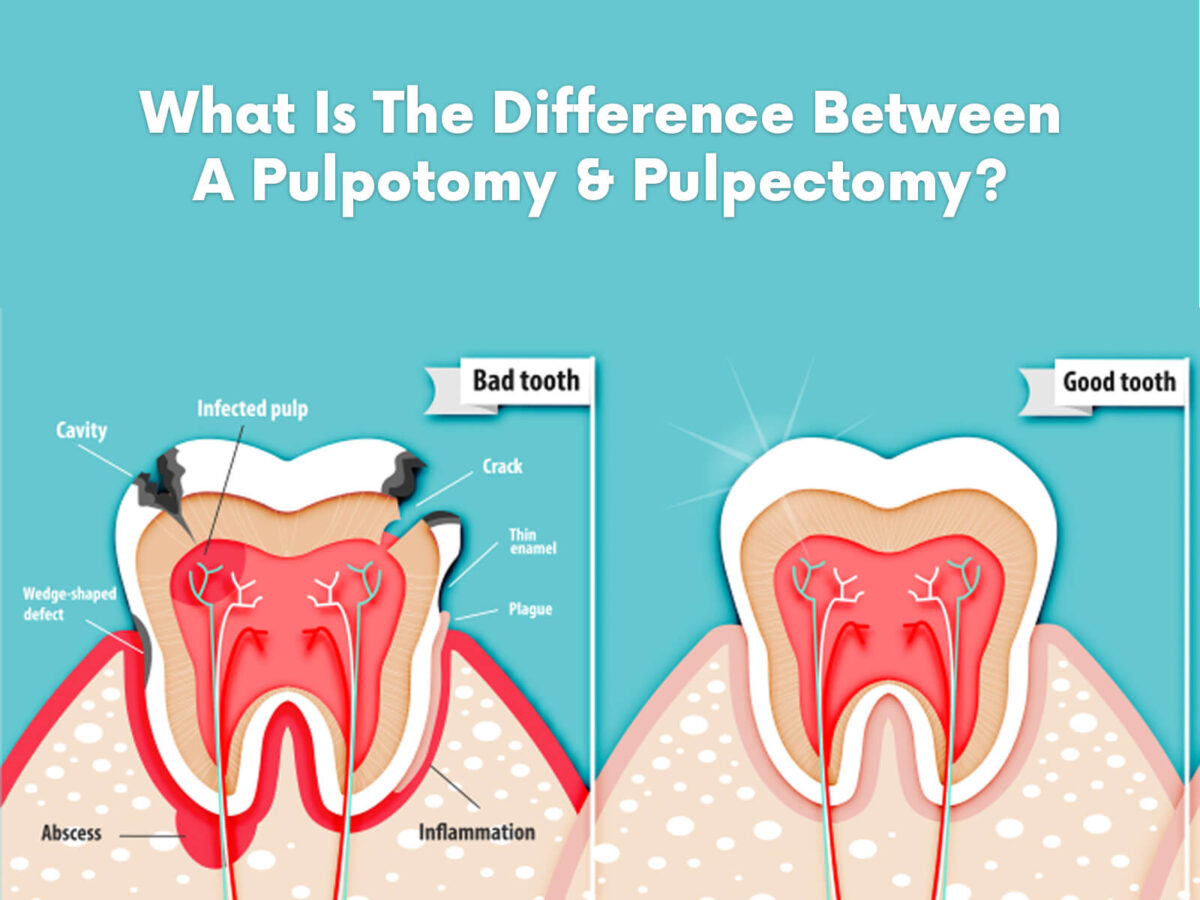Selecting a suitable pediatric dentist helps your child have a good experience and develop good dental care from toddler age. Every child deserves a good dentist, and having the right practitioner will effectively impact your child’s dental profile and attitude toward dental visits. Below are some tips that will make it easy for you to find a professional for Pediatric Dentistry in Elgin TX.
1. Look for Specialized Training
Pediatric dentists undergo postgraduate study to gain expertise in handling children’s dental problems. This extra training covers topics such as child psychology, childhood development, and teaching methods and strategies for handling children. While looking for a pediatric dentist in Elgin, make certain that the dentist is duly certified and has the proper qualifications.
2. Check the Dentist’s Experience
Pediatric dentistry particularly requires prior experience and expertise since kids are sensitive and delicate to treat. A dentist with several years of experience will have worked on various health complications affecting the mouth and will likely handle them with the right approach. Whether your child has special needs for dental care or dental phobia, do not hesitate to ask regarding such issues in the clinic.
3. Evaluate the Dental Office Environment
The dental office environment is very important because it affects the child and their willingness to visit the dentist. You will now need to look for an office space that can entertain children and use bright colors, toys, and games. A dental practice office for Pediatric Dentistry in Elgin TX, which is designed to meet children’s dental needs, will ease their visit to the dentist and make the process easier.
4. Consider the Staff’s Interaction with Children
As mentioned earlier, the manner in which the dentist’s staff handles your child is very important. The personnel involved should be friendly, have a lot of patience with the children, and ensure that the child perceives the dental visits in a good light. While walking around during your first trip, note how the staff interacts with children and if the surrounding atmosphere is friendly and permissive.
5. Assess the Range of Services Offered
Pediatric dentistry is not solely a set of general cleaning and checkups among children but also much more. Pediatric dentists play various roles; therefore, the practitioner should be able to undertake all or most of the following: protection, restoration, correction, and emergency services. Make sure that the chosen professional for pediatric dentistry in Elgin TX will have all the necessary services your child needs to maintain proper teeth condition.
6. Read Reviews and Seek Recommendations
The opinions of other parents regarding the services of a pediatric dentist are very useful in identifying quality service providers. Search for reviews on the official website and social media accounts of the dentist and on independent websites dedicated to dental practitioners. Likewise, please ask for recommendations from friends, families, or even your child’s pediatrician if available.
7. Discuss Treatment Approaches and Philosophy
Different pediatric dentists may have varying treatment approaches and philosophies. Some may focus more on preventive care, while others might prioritize restorative treatments. It’s essential to find a dentist whose approach aligns with your preferences and your child’s needs. Discuss their philosophy during your initial consultation to ensure it matches your expectations.
8. Consider Location and Convenience
The location of the dental office is another important factor. Choosing a pediatric dentist in Elgin TX, who is conveniently located can make it easier to keep up with regular appointments and handle any emergency visits. Consider the office hours and whether they fit with your schedule.
9. Look for a Long-Term Relationship
Developing long-term care with a pediatric dentist is good for your child’s dental health. By visiting your dentist regularly, your child will be treated by a dentist who is familiar with their dental history. Such continuity can help improve prevention and early identification of any complications.
Conclusion
When searching for the best professional for pediatric dentistry in Elgin TX, one needs to consider factors such as training, experience, office atmosphere, staff, services offered, reviews, treatment approach, location, and the ability to build a long-term relationship. Considering these aspects can help you identify a pediatric dentist who will take good care of your child and instill a positive attitude towards dental care. Oral health starts right from childhood, and with a good dentist, a healthy set of teeth can last a lifetime.




